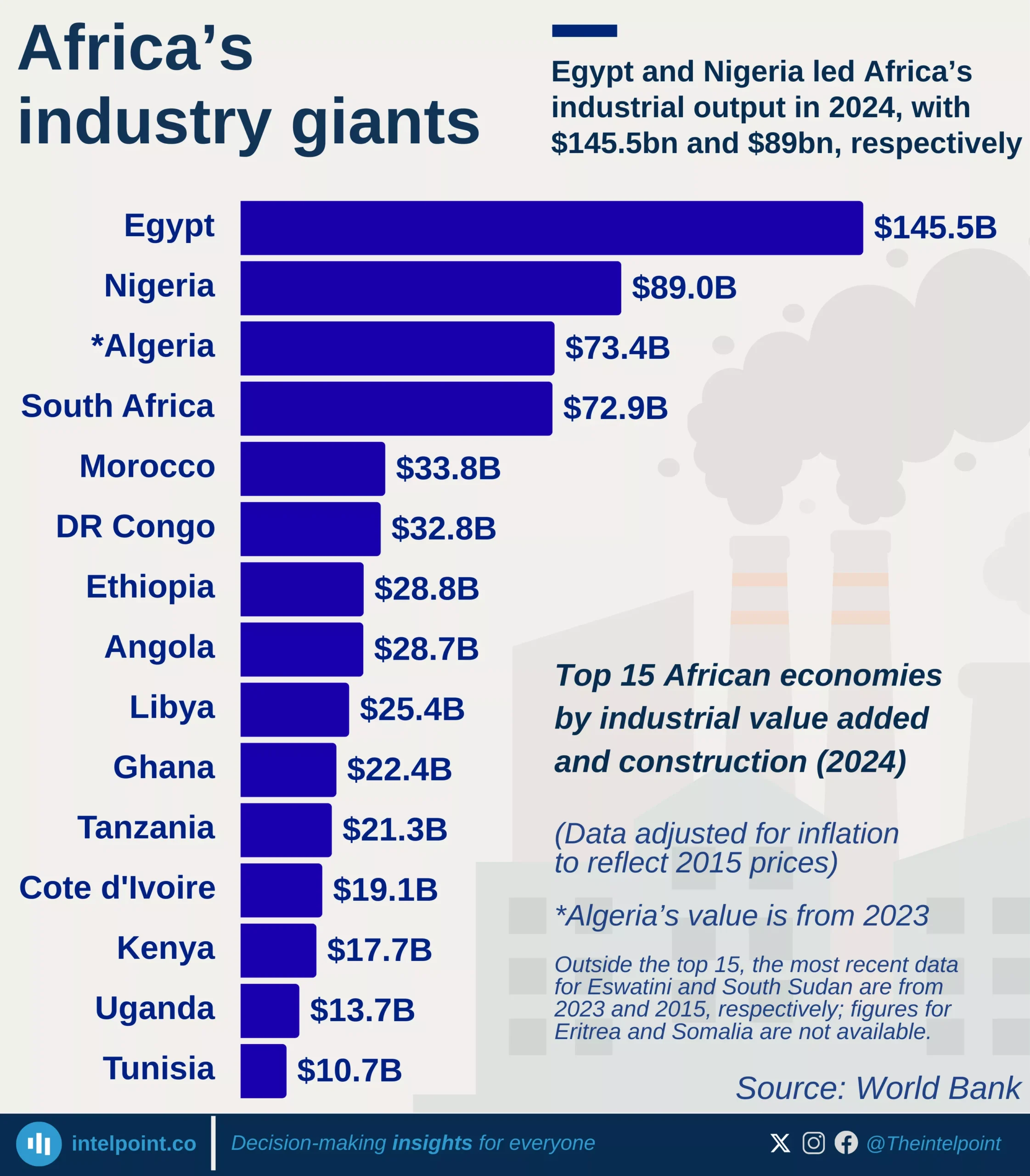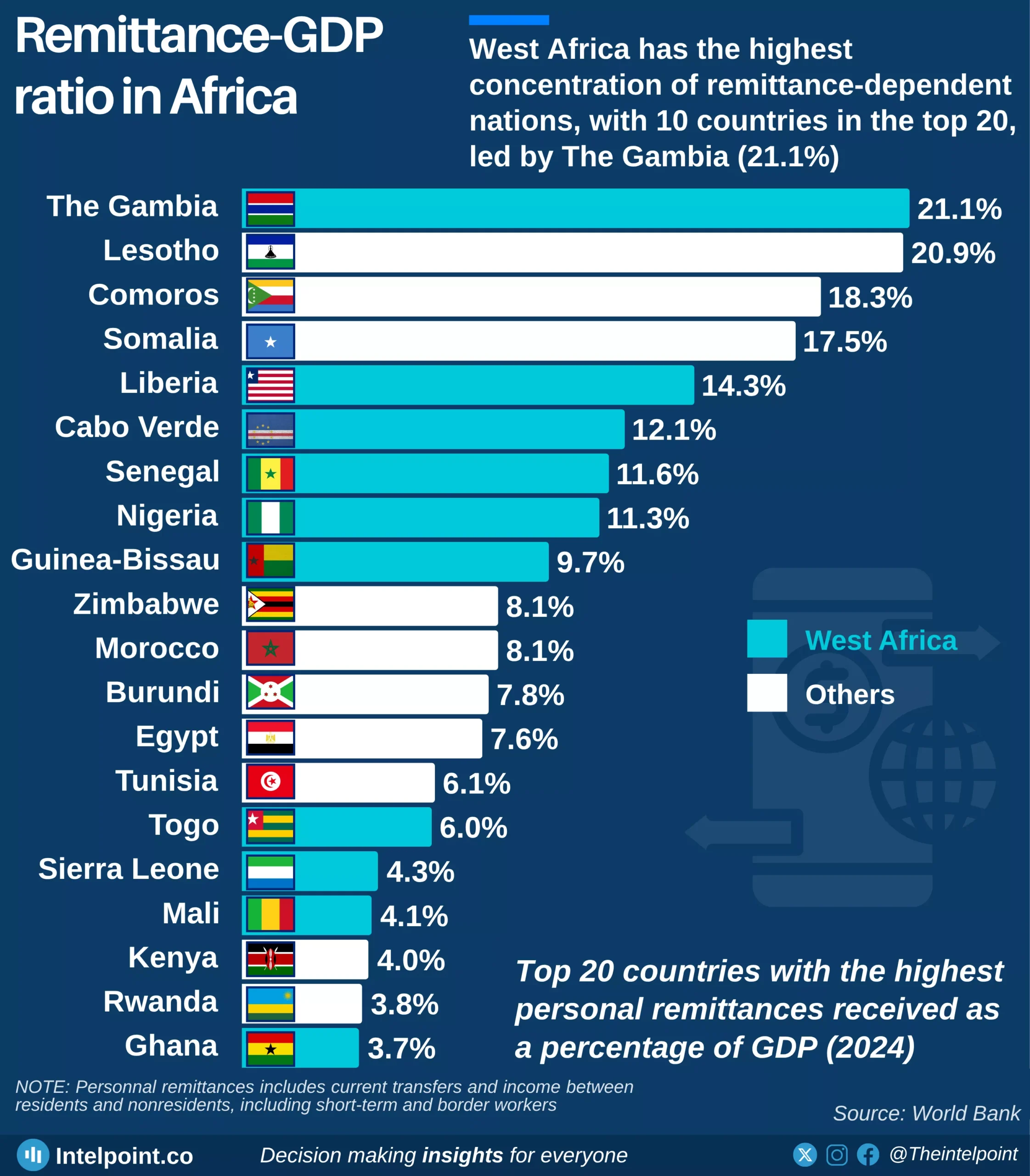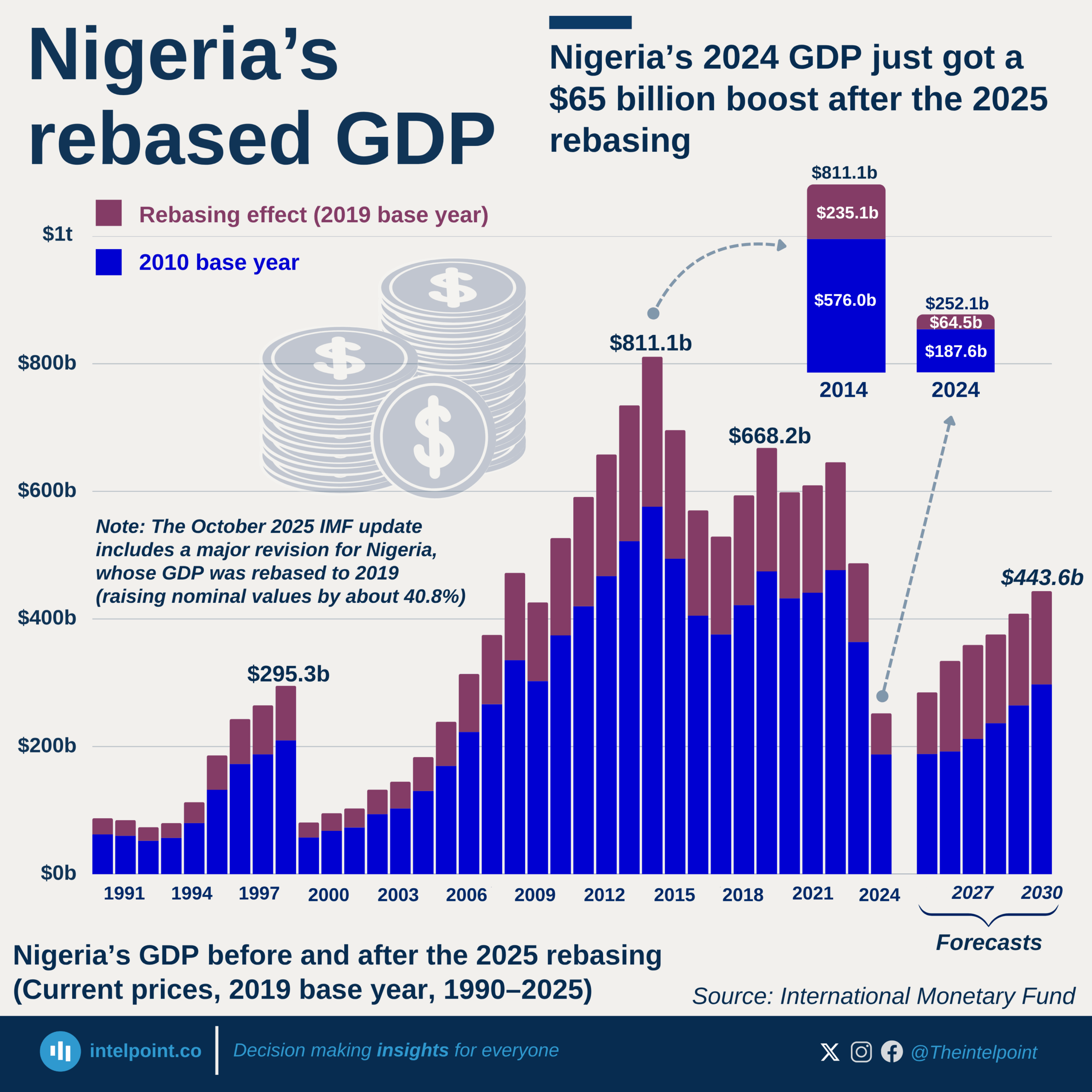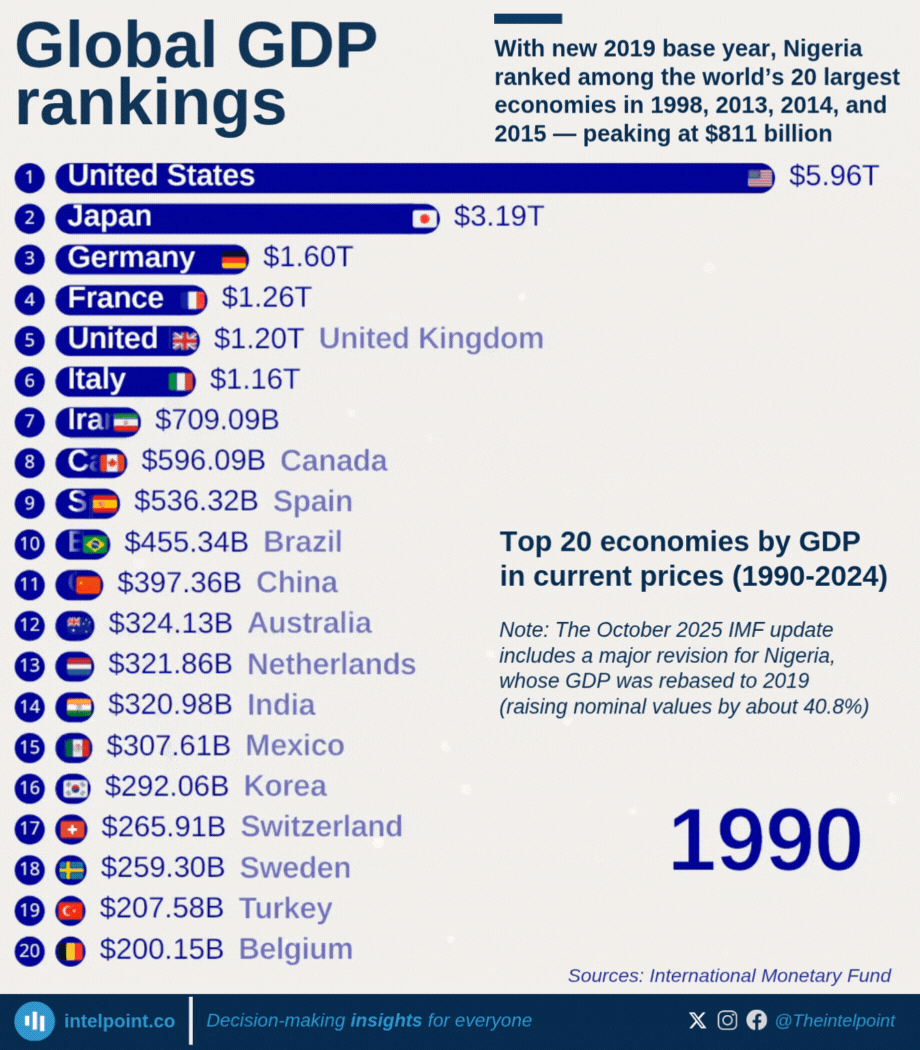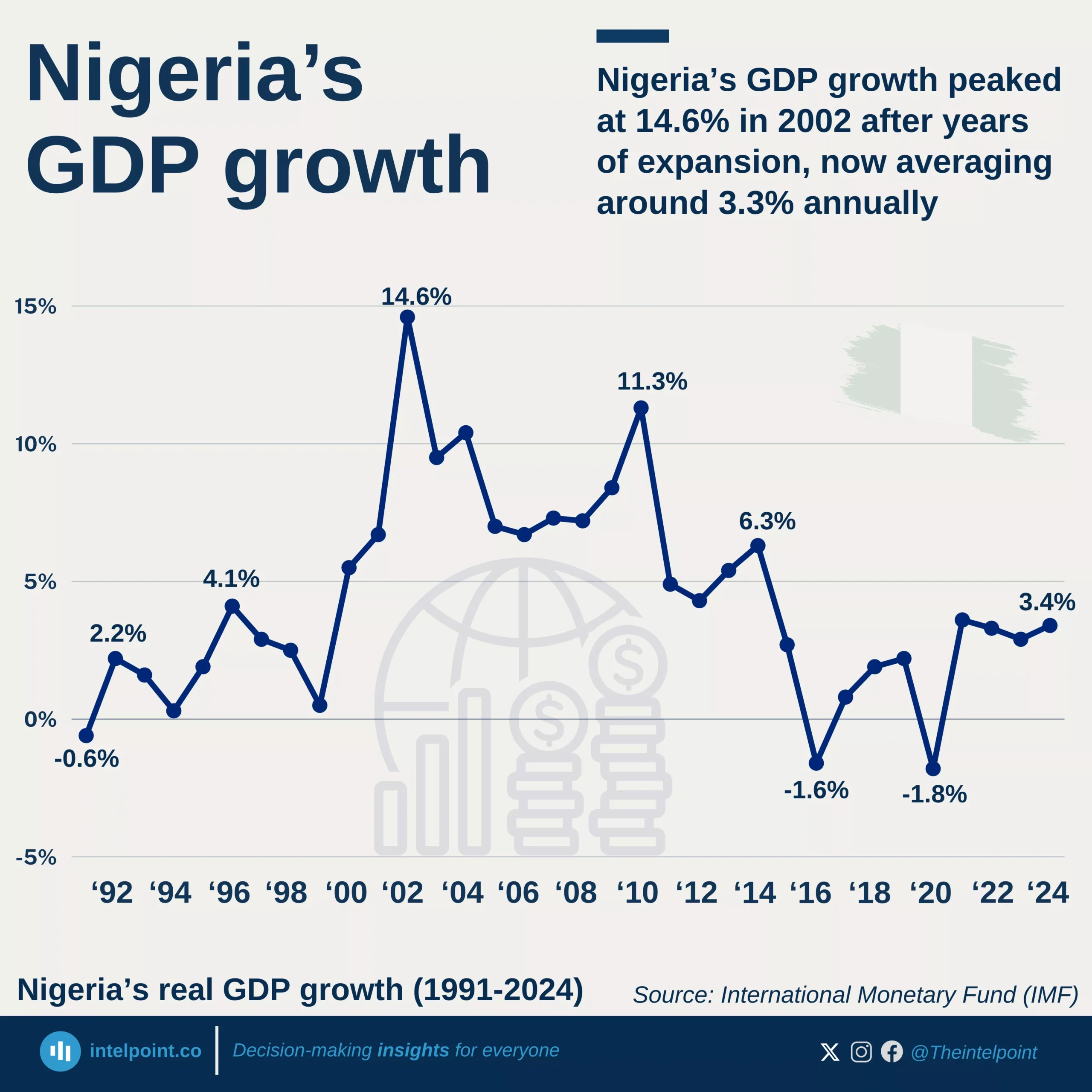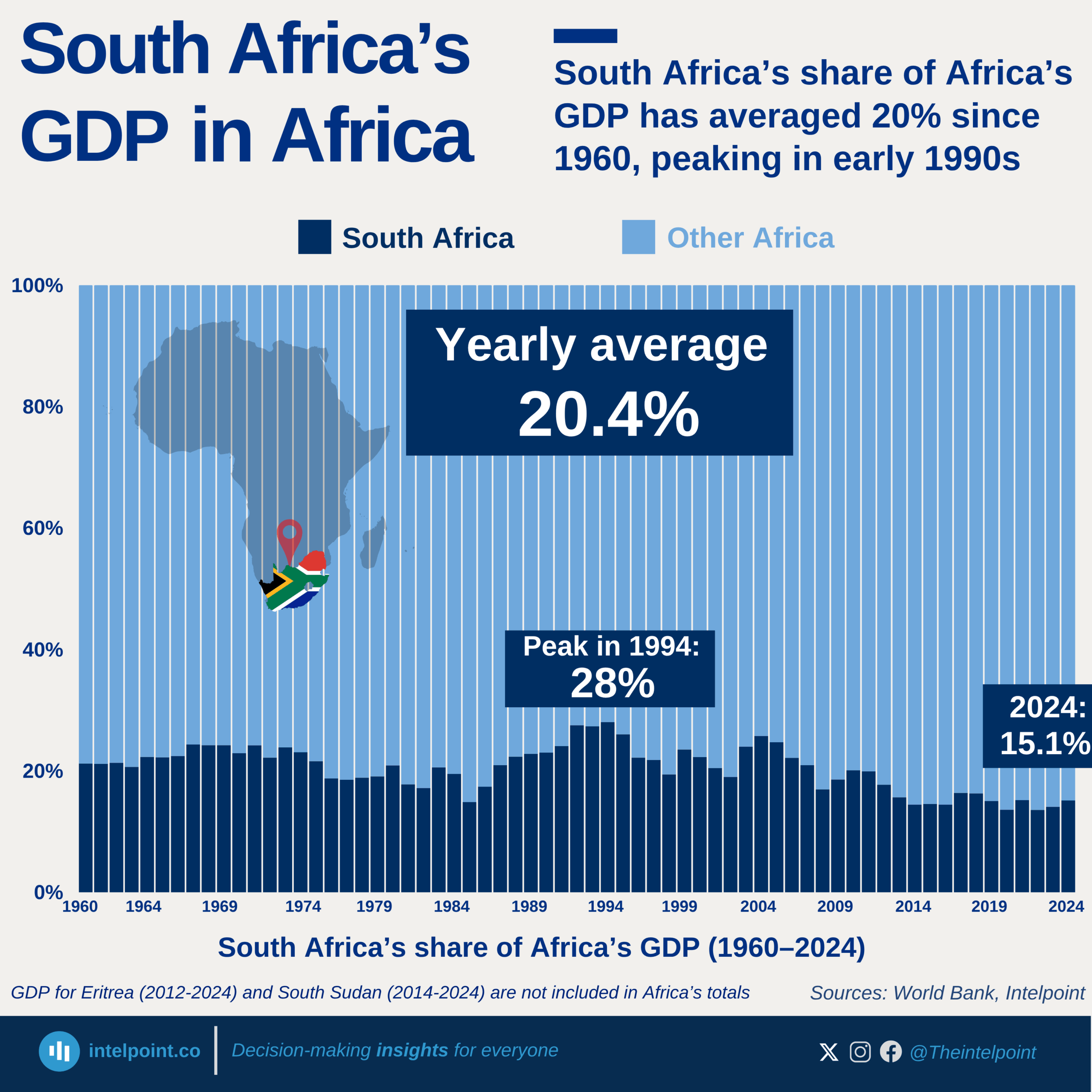From just $253.7 in 2000, Ghana’s GDP per capita has expanded nearly tenfold, reaching $2,405.8 by 2024, a testament to sustained long-term growth. Key milestones include a strong surge during the mid-2000s oil discovery era and a record peak in 2013 at over $2,294, before external shocks and fiscal pressures caused downturns in 2014–2016 and 2022. Yet, despite periods of volatility, Ghana’s overall trajectory reflects a resilient and steadily maturing economy, with increasing income levels over time.
